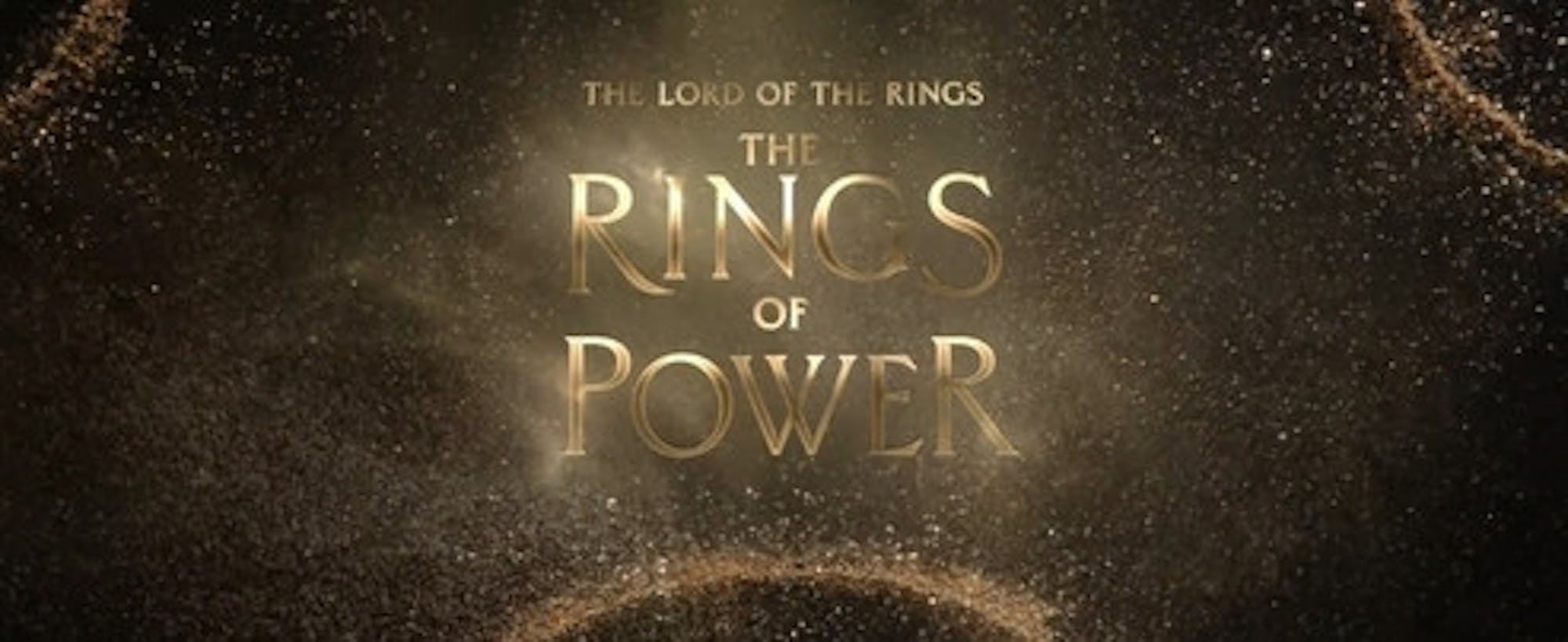Twenty-one years ago, audiences around the world heard Cate Blanchett’s ethereal voice whisper “the world is changed,” with no idea how “The Lord of the Rings: The Fellowship of the Ring,” and its sequels, would change the world of pop culture.They had no idea of the cinematic experience of epic proportions they were in for. It is only fitting then, that its prequel, the heavily anticipated “The Lord of the Rings: The Rings of Power” (2022–), begins the same way.
The series immediately dives into the narrative, with Galadriel’s conversation with her brother acting as a prelude to the dilemmas she will have to confront later. The first episode serves primarily to establish the plotlines and present to the audience the key players. The human-healer Bronwyn, her son Theo, and Arondir, an elf warrior assigned to guard the town of Tirharad which allied itself with Sauron in the war, contend with the townspeople’s sympathies towards their old evil allies.
Elrond, an optimistic and bookish young half-elf attempts to mend his relationship with the dwarf, Durin. The story also features Nori, a curious teenage Harfoot (the group preceding the Hobbits) and The Stranger, a mysterious gentle giant who falls from the sky. The prologue helps to draw the audience into the story and begins with immediate action as Galadriel and her retinue weather a blizzard, discover the sigil of Sauron and battle a snow troll within the first 20 minutes. Over the course of the preliminary episode, viewers become familiar with what will develop into focal points of the show. Galadriel’s visceral need to find and defeat the darkness that threatens Middle Earth, Arondir and Bronwyn’s romantic tension, and Nori’s developing friendship with the increasingly mysterious Stranger all get introduced.
Episodes two through five develop these plotlines, albeit slowly, constructing the puzzle with pieces from all over Middle Earth. It talks of Galadriel’s attempts to form alliances with the Númenórean Queen Míriel, the sailor Elendil and the refugee Halbrand; Elrond’s adventures in Moria and his interactions with Durin IV; Disa, Arondir and Bronwyn’s attempts to resist the Orc forces and their mysterious leader Adar; and the Harfoot migration. New characters such as Isildur are introduced and new plots begin. Like any 1000-piece puzzle, this show too requires patience.
One of the most significant points of “The Rings of Power” is its casting. Morfydd Clark shines as Galadriel, portraying with ease the contrast between her solemn façade and the fire raging within her. In the few moments that we do see this façade crack, Clark brings forth the tempest with a fiery grace. Robert Aramayo brings an impressive balance to Elrond, with his quippy dialogue with Durin IV (Owain Arthur, who is also well played) and serious exchanges with Gil-galad and Celebrimbor on the future of the elves, showing viewers different sides of his personality. Ismael Cruz Córdova plays Arondir with a quiet dignity; there is a scene where he must cut down a tree that holds importance to the elves. Muttering an apology in Quenya, he begins his task, showing his rage and grief through only his eyes and body language. Nazanin Boniadi gives Bronwyn an almost regal standing despite her status as a peasant, and her intense scenes with the townsfolk command attention. Markella Kavenagh and Megan Richards add some much-needed levity to the show, while Daniel Weyman conveys the confusion of being in an alien world through his role as the strong, silent Stranger. Each actor effectively brings forth the inner conflicts their characters are confronting.
Of course, the series is not without its faults. At times some of the dialogue does not hit its intended mark — “Are you just going to stand there, breathing like an Orc?” and “A dog may bark at the moon, but he cannot bring it down” come to mind — however, these are rarities. The show has received much criticism for its pacing, but one must also keep in mind the task it has to accomplish, and the world it must introduce to its audience (die-hard Tolkien fans are already familiar with the frustration of slow pacing).
There is no doubt that the show is a visual treat — from wide shots of the innovative city of Moria to the simple image of two figures watching a shooting star. The most distinctive quality of the show, however, is perhaps its quintessential Tolkien-ness. Whether it is Poppy Proudfellow’s travel song (remember to look for the homage to an iconic line, “not all those who wander are lost”), the trills of the Elven dialect or the Rite of Sigin-tarâg (a customary Dwarven competition to see who can break the most rocks), the show stays true to its roots in the most authentic ways possible. The plotlines are manifold and sometimes difficult to follow — but this also helps to add a much-needed balance to the show. The conflict between Arondir and the people of Tirharad, that eventually reaches a breaking point in episode five, is balanced by Nori and Poppy’s lighthearted friendship. Galadriel’s tension with the Númeróneans and its lingering uneasiness is complemented by Elrond’s humorous banter with Durin IV. It is also refreshing to see people of color as primary characters with agency — Arondir, Queen Míriel, Bronwyn and Disa, to name a few — in a space where they were previously relegated to one-dimensional roles.
In the first scene, Finrod explains to Galadriel that a ship’s gaze is “not downward but up.” One can only hope that this show will follow this trajectory, shining the light Finrod speaks of on the fantastical world Tolkien created, for novices and superfans alike.
The sixth episode of “The Lord of the Rings: The Rings of Power” will stream on Amazon Prime Video on Friday.






